Artificial Intelligence and Technological Development.

source: http://enterprisetalk.ondot.media/tech-trends/ai/human-intelligence-can-fix-ai-shortcomings/
Outline
- Definition of Artificial Intelligence
- Brief History of Artificial Intelligence
- Sub-sections of Artificial Intelligence
- Leading Companies in Artificial Intelligence Today
- Major Industries Artificial Intelligence is Transforming Today
- Artificial Intelligence existing in our Everyday Life
- Future of Artificial Intelligence
1. What is Artificial Intelligence?
Artificial Intelligence (AI) is a sub-field of computer science that involves using computers to do things that traditionally require human intelligence or intervention such as decision making, problem-solving, and learning.
This means creating algorithms to classify, analyze, and draw predictions from data. It also involves acting on data, learning from new data, and improving over time. With AI, computers can learn to accomplish a task without ever being explicitly programmed to do so.
2. Brief History of Artificial Intelligence.
Photo by Giammarco Boscaro on Unsplash
How did we get here and why was AI not Popular in the 1990s?
- 1950 — Alan Turing Introduced the Turing Test to determine whether a machine can think and respond logically to questions like a human without any distinction.
- 1956 — The term Artificial Intelligence was coined by John McCarthy in the Dartmouth Conference.
- 1960 — Psychologist Frank Rosenblatt’s work on the perception lead to the development of the Mark 1 Perception regarded as the first computer that learned skills by trial and error.
- 1978/1979 — SCARA robotic arm was created in Japan that changed the automated Assembly.
- The late 1970s — Early 1980s — Known as the “winter of AI”. Time of reduced funding and interest in AI
- 1988 — British scientist Rollo Carpenter creates Jabberwacky. A chatbot designed to carry out conversations with users and initiate human interactions.
- 1997 — IBM’s Deep Blue computer beats Gary Kasparov reigning world chess champion, in a game of chess.
- Late 1990s — Dr. Cynthia Breazeal of MIT designs KISMET. A robot that can recognize and replicate human emotions.
- Late 2000s — IBM introduces Watson. A question-answering computer system that is able to answer questions posed in Natural Language.
- 2011 — Apple launches Siri. An intelligent personal assistant.
- 2017 — Google AI Alpha Go beats the World reigning Champion and Grand Master Ke Jie in the Game of Go.
- Other intelligent systems are emerging across the globe now.
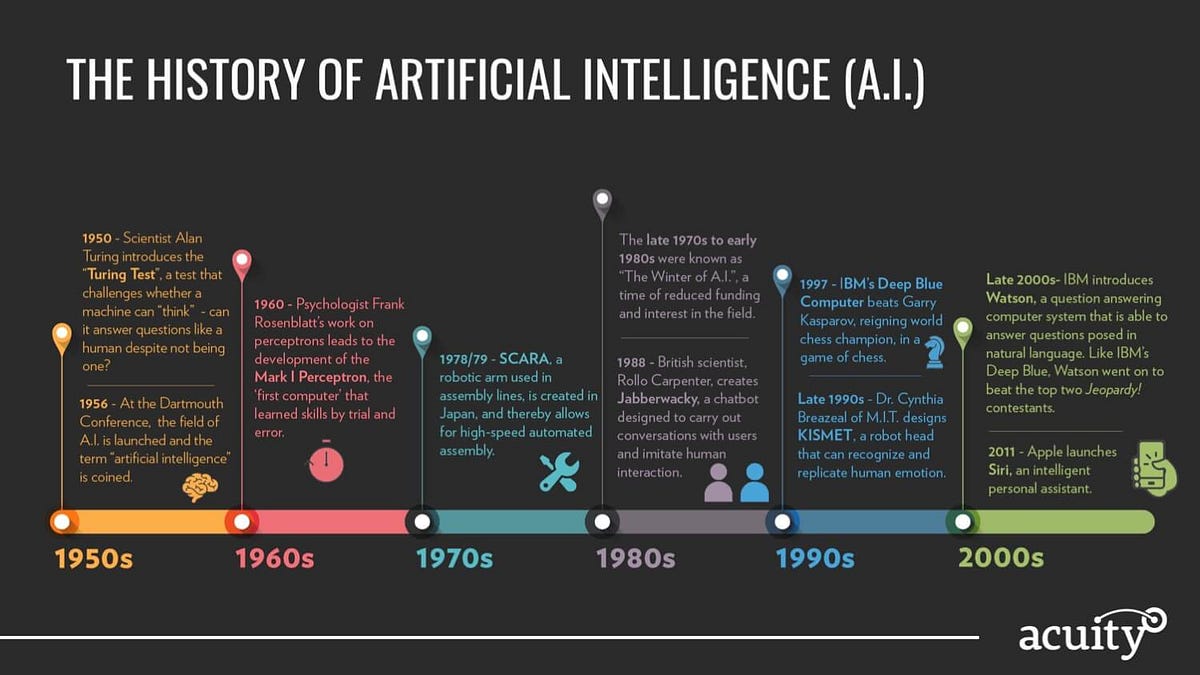
https://www.acuityads.com/blog/2019/02/25/ai-advancements-for-2019/
3. Sub-sections of AI
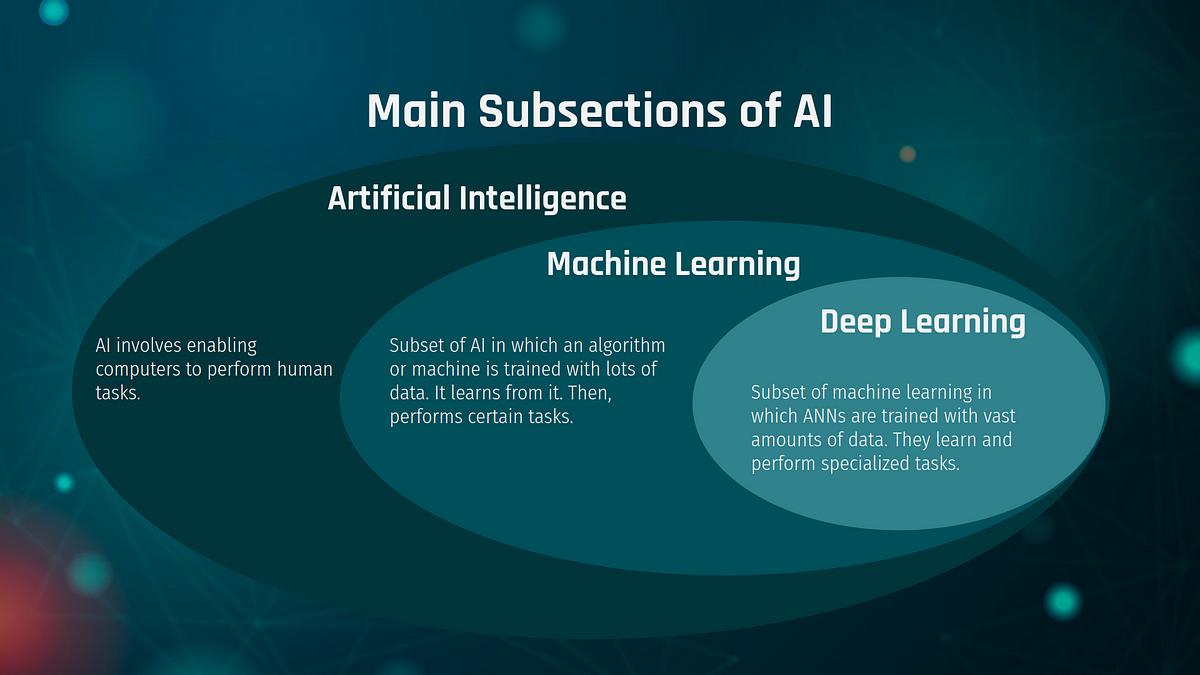
source: screenshot from my presentation
Machine Learning — An Approach to Achieve Artificial Intelligence
Machine learning at its most basic is the practice of using algorithms to parse data, learn from it, and then make a determination or prediction about something in the world.
So rather than hand-coding software routines with a specific set of instructions to accomplish a particular task, the machine is “trained” using large amounts of data and algorithms that give it the ability to learn how to perform the task.
Computer Vision remained one of the best applications of machine learning but couldn’t surpass human performance. It wasn’t good enough. So,scientists had to do better. Deep learning was born.
Deep Learning — A Technique for Implementing Machine Learning

Deep learning is a subset of machine learning that is based on artificial neural networks. ANNs were inspired by the biology of the human brain where each artificial neuron tries to mimic the functioning of the neurons of the brain.
ANNs are organized in discrete layers made up of a fixed number of neurons. These layers are interconnected with one another starting from the input layer to the output layer. Imagine blocks laid next to one another and in each block, you have to perform a computation and then parse the information to the next block and so on until you get to the final block where the final output is delivered.
In deep learning, models require lot’s of data compared to machine learning.
The advent of GPU and the availability of so much data following Moor’s Law has made Deep Learning the new girl in the town of AI.
4. Leading Companies in AI Today.
According to Forbes Magazines. These are the 9 tech-giants that are paving the way for the future of AI:

source: screenshot from my presentation slides
5. Major Industries AI is Transforming Today.
a) Health-Care (Medicine)
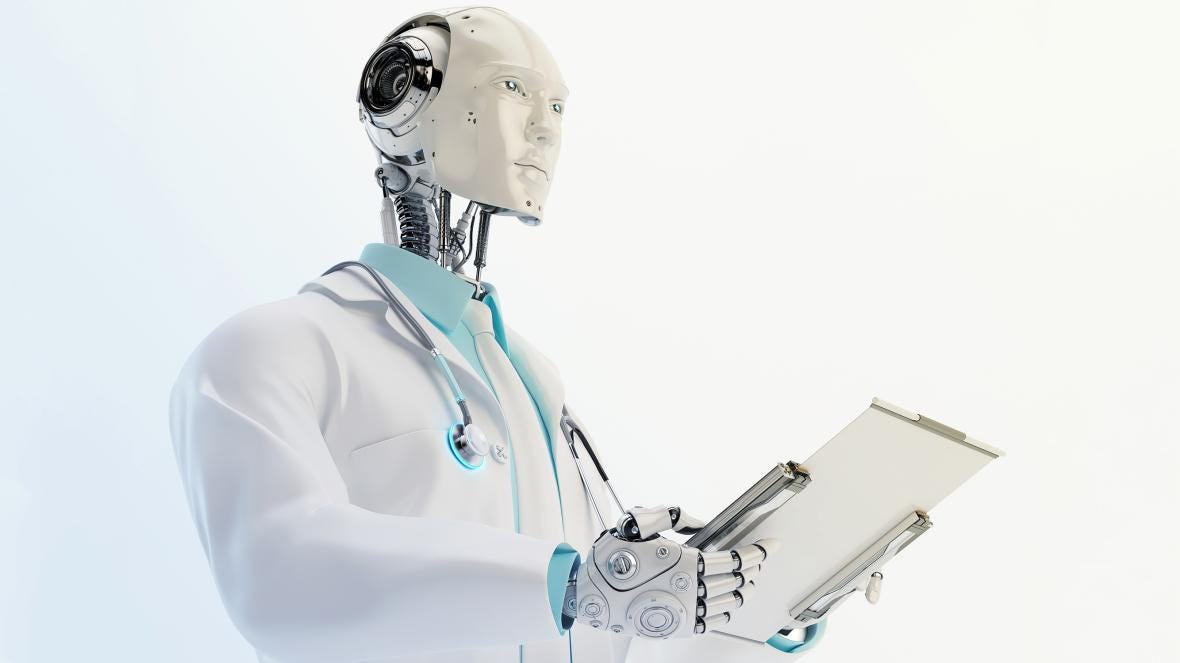
- Robot Doctors: Theseare complex and intelligent machines designed for specific tasks e.g In 2017, a robot in China passed the medical licensing exam using only its AI brain.
- Clinical Diagnosis: AI algorithms diagnose diseases faster and more accurately than doctors. e.g In 2018, Google’s DeepMind trained a neural network to accurately detect over 50 types of eye diseases by simply analyzing 3D rectal scans. Also, AI algorithms can analyze and detect certain cancers with high precision using MRI scans faster than doctors
- Drug Discovery: The idea is to build a drug discovery program using deep learning and AI that takes maybe days instead of the normal months and even years by trial and error format of the past.
b) Transportation
AI and machine learning have produced significant innovation in the transportation industry through the development of self-driving cars or autonomous vehicles. By using cameras, LIDARS and sensors these cars are able to navigate the streets and avoid collisions. For example, in 2018, trials of the first self-driving taxis were launched in Tokyo.

c) Education
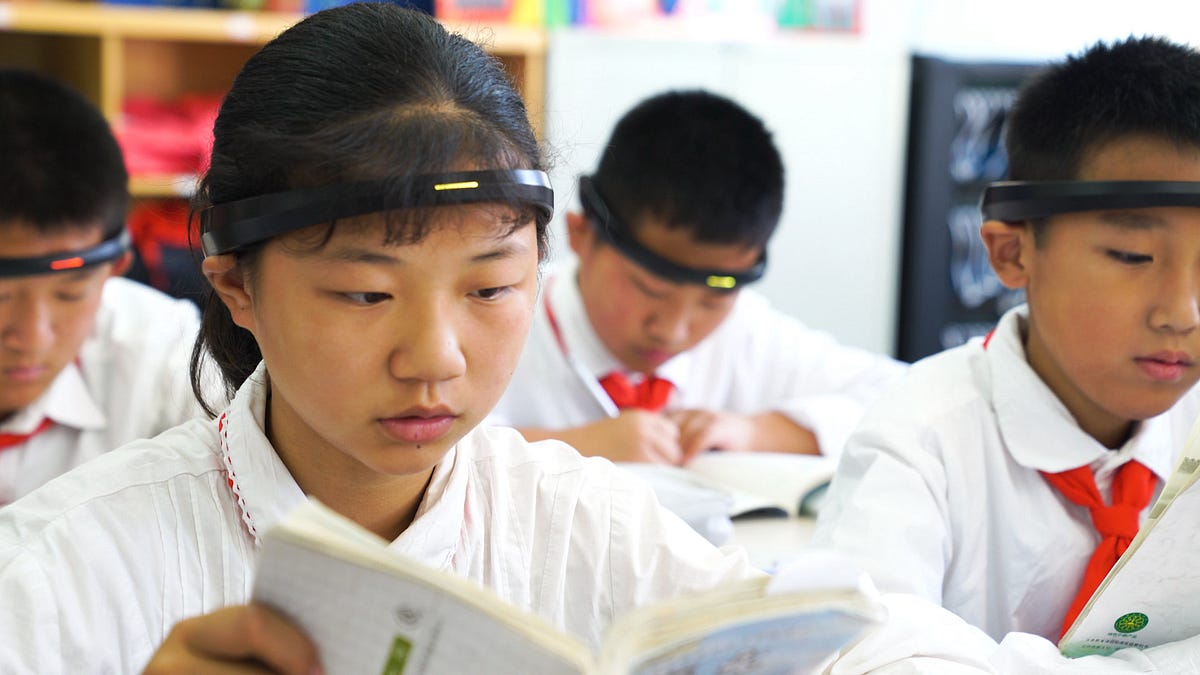
It is mindblowing the extend to which AI has been incorporated into education in certain countries. For example; kids in some primary schools in china now wear headbands that track their cognitive levels, determines when they are paying attention, distracted, yawning. Sends this information to the teacher and also shares it with parent chat groups. The results are insane. Kids have laser-focus and grades are highly improved.
d. Agriculture
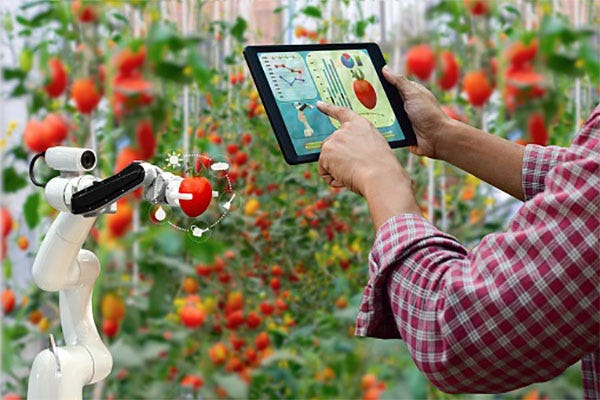
https://www.aitrends.com/ai-in-agriculture/the-environmental-impacts-of-ai-and-iot-in-agriculture/
It is estimated that, within the next 80 years, an additional 3.6 billion people will need food. Production needs to improve beyond what’s possible today in order to meet this drastic rise in population.
Artificial can help build increase productivity to circumvent the rise in population.
6. AI existing in our Everyday Life.
Photo by Morning Brew on Unsplash
I am confident most of us are oblivious of how our day-to-day lives are being affected by AI and machine learning-powered applications
- Facebook face recognition
- Email Spam Filtering used by google
- Netflix movie recommendation
- Google Translate: Uses NLP techniques to automatically translate text from one language to another.
8. Glimpse into the Future of Artificial Intelligence
“We will look back on 2019 and wonder, How did they do that without AI?” — Alex Shartsis, founder and CEO of Perfect Price.
No one actually knows where AI is headed even in the next 50 years. What people like Bill Gates, Elon Musk, Tim Cook, Sundar Pichai, and other tech leaders say is prophetic. This is because AI seems to be running amok into the future with no leash on. This is a double-edged sword. I hope we find ourselves on the blunt side. Regardless, there is a lot of excitement for the possible doors AI is potentially going to open in almost every industry. Based on the vision of some of the leaders in the leading companies of AI here is a sneaky peek into the future:
a) Transportation.
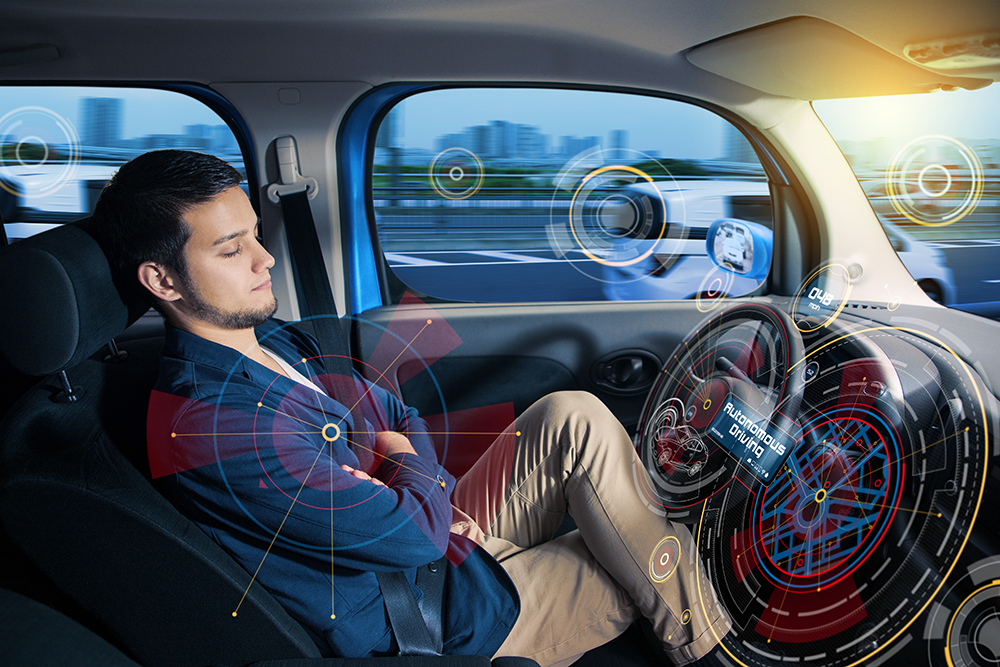
The future of AI in transportation is autonomous vehicles, efficient traffic management systems. Autonomous vehicles will help reduce traffic and increase safety. Vehicles will be able to communicate with each other, pedestrians, and the infrastructure of smart cities that comes with 5G.
We’ll have vehicles that predict the need for repair using AI-powered machinery to fix it. The goal in many cases is to improve safety and reduce the cost of transporting goods and people.
b) Education

https://www.fourgoods.co/is-the-future-of-education-ai-led-learning-platforms/
Some experts say that AI will play the role of a teaching assistant(TA note your job is at risk). AI will improve Personalized education based on the ability of a student to learn a particular subject. Provide you hints to some complex math problems. Classrooms will be completely replaced by virtual classrooms. Repetitive tasks such as grading and assessment will be delegated to AI and the teachers can focus more of their time in teaching students.
c) Energy

AI will help to control power grids. It will contribute significantly to energy conservation at home. For example, in smart homes powered by AI, we’ll be able to recognize patterns of energy consumption by their host and adapt to automatically regulating it.
Conclusion
Artificial Intelligence, machine learning, deep learning are tools that can either be used to create something so significant such as saving lives, eradicating poverty, eradicating hunger thereby jolting living standards or it can be used as a weapon to exterminate humanity.
Thanks for Reading!
If you found this article helpful, feel free to reach out and connect with me…
- You can follow me on Medium here.
- Follow me on LinkedIn here.
- Visit my website; beltus.github.io for more interesting posts.
- Follow me onTwitter
- Follow me on Instagram
References
Artificial Intelligence (AI) Archives - Disruptor Daily
Whether it’s a disruptive new artificial intelligence startup or news on AI disrupting another industry, you’ll find it…www.disruptordaily.com
The History of Artificial Intelligence - Science in the News
by Rockwell Anyoha Can Machines Think? In the first half of the 20th century, science fiction familiarized the world…sitn.hms.harvard.edu
What Are The Differences Between AI, Machine Learning, NLP, And Deep Learning?
What is the difference between AI, Machine Learning, NLP, and Deep Learning? originally appeared on Quora: the…www.forbes.com
The Future of Artificial Intelligence and Cybernetics
Science fiction has, for many years, looked to a future in which robots are intelligent and cyborgs are commonplace…www.technologyreview.com
The Difference Between AI, Machine Learning, and Deep Learning? | NVIDIA Blog
This is the first of a multi-part series explaining the fundamentals of deep learning by long-time tech journalist…blogs.nvidia.com



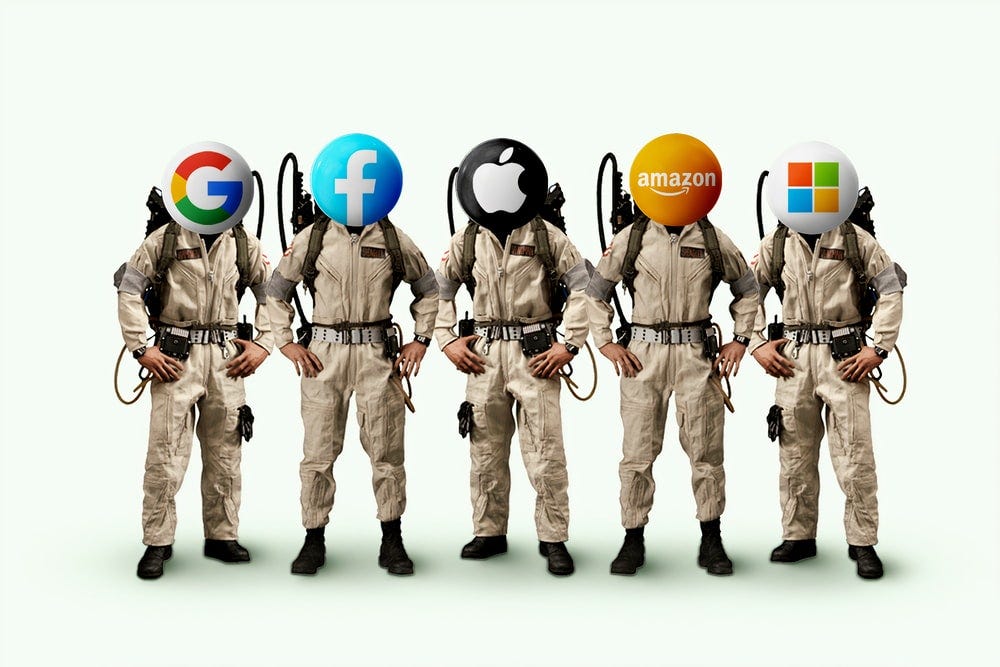
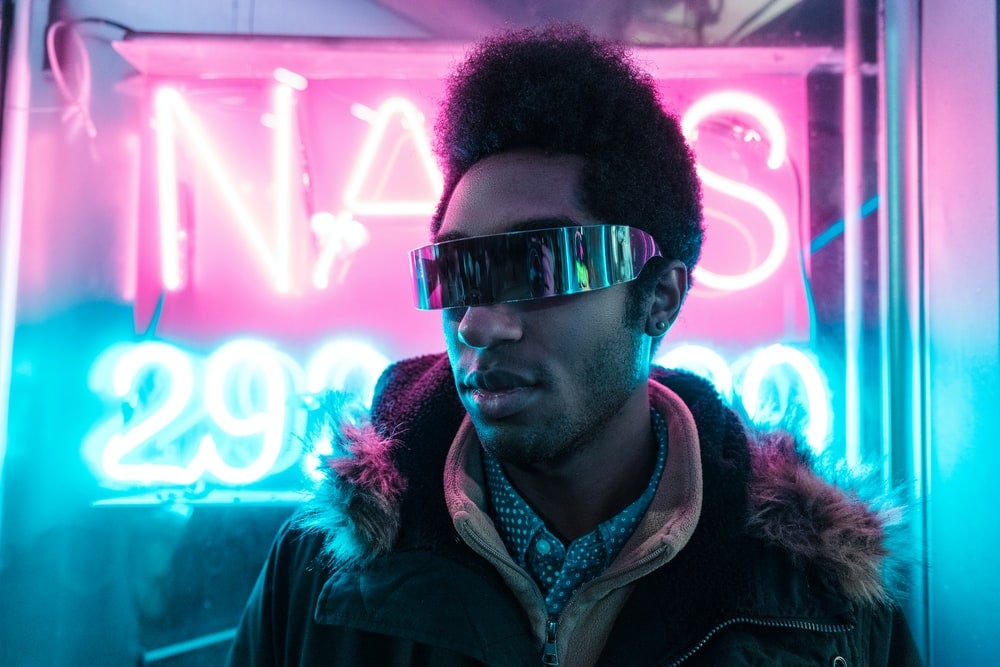
Leave a comment